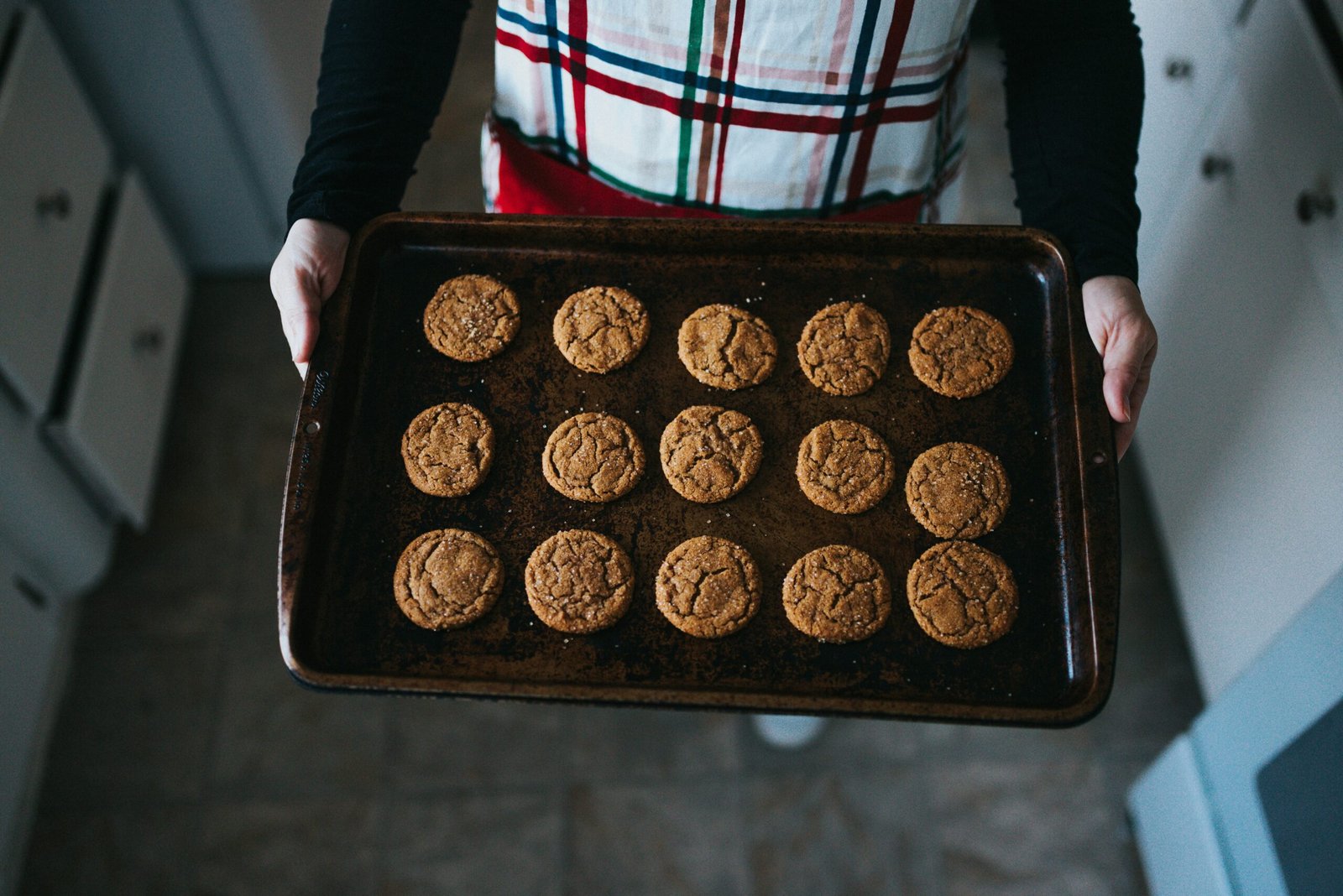When it comes to baking, the tray you use can make a big difference. The right material affects browning, cooking time, durability, and even cleanup. Aluminum offers quick, even heating, while stainless steel provides long-lasting strength and a non-reactive surface. Here’s how to decide which tray fits your baking needs.
Aluminum vs Stainless Steel Baking Trays: Heat Performance
Benefits of Aluminum Baking Trays
Aluminum is popular for its:
- Fast, even heating with fewer hot spots.
- Quick temperature response, perfect for delicate recipes.
- Natural non-stick patina that develops with use.
Drawback: Bare aluminum reacts with acidic foods, so parchment or liners are recommended.
Benefits of Stainless Steel Baking Trays
High-quality stainless steel trays often include an aluminum core. They:
- Hold heat longer, great for roasts and casseroles.
- Offer a non-reactive surface, safe for acidic foods.
- Provide durability, resisting scratches and warping.
Aluminum vs Stainless Steel: Reactivity, Weight, and Heat Distribution
- Reactivity: Aluminum reacts with acidic ingredients; stainless steel stays neutral.
- Weight: Aluminum trays are lightweight (~1.5 lbs); stainless steel trays are heavier (~4.6 lbs).
- Heat Distribution: Aluminum spreads heat evenly; stainless steel with aluminum core balances steady heating and retention.
Durability and Cleaning Tips for Baking Trays
How to Maintain Aluminum Baking Trays
- Use parchment, silicone mats, or sprays to protect the surface.
- Avoid abrasive scrubbers; stick to mild soap and soft sponges.
- Expect a patina that improves non-stick properties over time.
How to Maintain Stainless Steel Baking Trays
- Clean with non-abrasive products to preserve shine.
- Dry immediately after washing to prevent water spots.
- Store in a dry place to avoid oxidation.
Choosing the Best Baking Tray for Your Kitchen
- For cookies and pastries: Aluminum is best for quick, even browning.
- For roasts and casseroles: Stainless steel is better for heat retention and durability.
- For professionals: Stainless steel with an aluminum core combines the best of both.
Final Takeaway: Aluminum vs Stainless Steel Trays
Aluminum trays excel at quick, even heating but need careful cleaning and protection from acidic foods. Stainless steel trays last longer, resist warping, and handle acidic recipes easily, though they may rely on an aluminum core for better heat conduction. For flexibility, most bakers benefit from keeping both in the kitchen.
FAQ: Aluminum vs Stainless Steel Baking Trays
What is the main difference?
Aluminum heats faster; stainless steel is more durable and non-reactive.
Which resists warping?
Stainless steel, thanks to its thicker, rigid structure.
Which is easier to clean?
Stainless steel can handle stronger cleaners. Aluminum requires gentle care.
Which is better for acidic foods?
Stainless steel, since it won’t react with ingredients like tomatoes or citrus.
Which heats up faster?
Aluminum heats quickly, making it ideal for short baking times.

